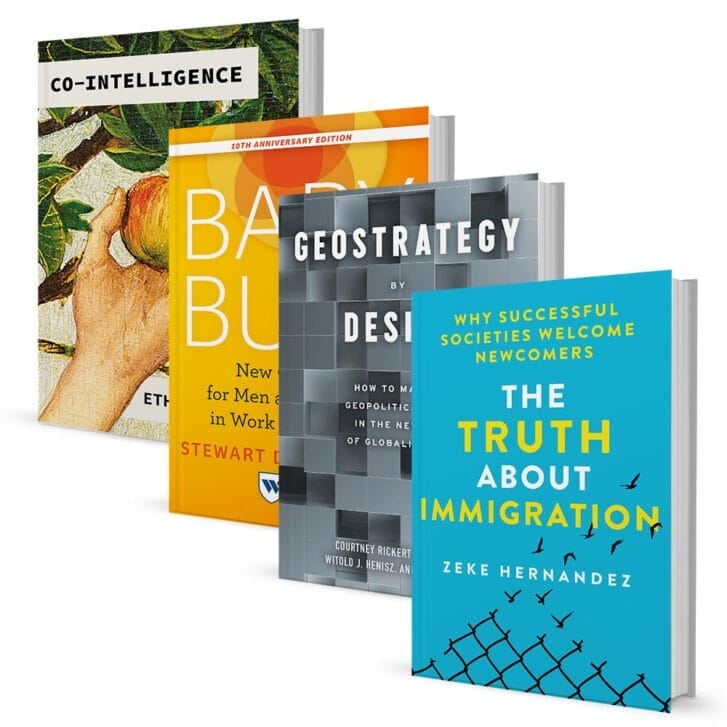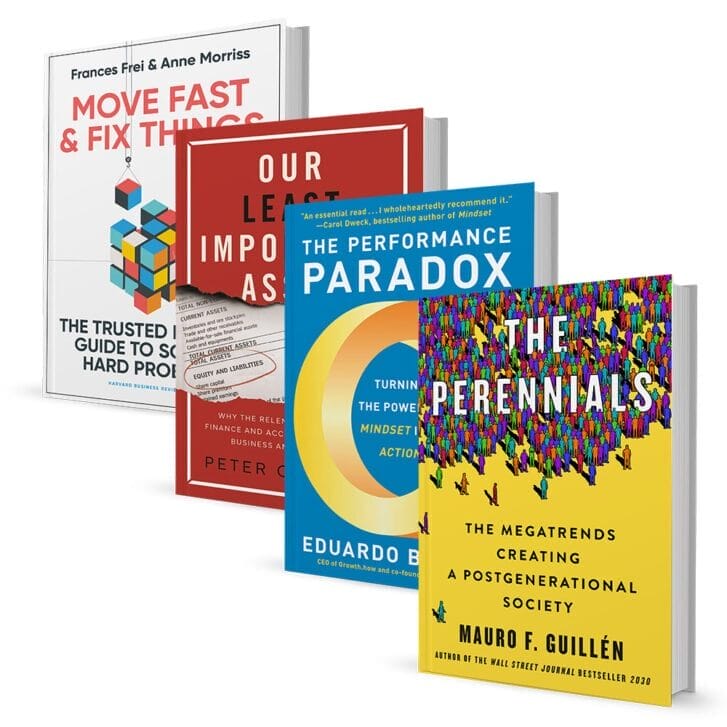It may seem hopelessly naïve to suggest that to create a vision for work after COVID-19, we should start with a big dose of gratitude. Health worries, employees juggling their children’s at-home educational needs with their own jobs, a call for organizations to reflect somberly on their role in perpetuating systemic racism that has worsened health outcomes for BIPOC communities: Our lives have been ravaged by both personal and societal suffering in the past few months. What is there possibly to feel grateful for in 2020?
But researchers who study the science of well-being have quantified how taking the time to deliberately express gratitude can rewire our brains to seek out the good things around us, thereby calming our nervous system and building resilience. Studies show that actively noticing things to appreciate can help us sleep better, decrease blood pressure, and lower levels of anxiety and depression. People who are grateful have been found to exercise more patience and self-control, and even have a lower tendency to cheat. Simply put, all signs point to us functioning best when genuine gratitude is part of the picture.
These lessons were driven home the year I spent writing a weekly thank-you letter to someone who had helped, shaped, or inspired me to that point in my life. There were three simple steps I followed for my thank-you project: see, say, and savor. See the good around me; say something to express gratitude; and by keeping copies of each letter to reread later, savor the reasons I have to be grateful.
Those three steps can be equally powerful when adapted to the workplace. The bad news/good news is that when it comes to creating more gratitude at work, there is nowhere to go but up.
While almost nine out of 10 respondents to a 2012 survey from the John Templeton Foundation said that expressing gratitude to colleagues made them feel happier and more fulfilled, 60 percent of respondents said they never, or rarely, did so. Eighty-one percent of respondents said they would work harder for a grateful boss, and a whopping 93 percent believed that a grateful boss would be more likely to succeed.
So for teams reemerging into the physical work world after months of being home, it shouldn’t be hard to boost gratitude levels to help reset and reenergize. Consider these quick techniques:
See the positive things that have come out of the crisis.
Encourage teams and individuals to deliberately consider the specific things that have worked better than expected remotely. Maybe staff has managed to maintain productivity; maybe an agile product design process enabled the organization to pivot quickly; or perhaps long-term plans to optimize online activities were completed faster than anyone expected.
Gratitude could also come in the form of realizing the good things taken for granted about pre-pandemic work life. Maybe you never fully appreciated listening to audiobooks during commutes, or frontline interactions with customers, or that dorky departmental birthday song.
By taking a moment to actively reflect on these positive things, we’re already heightening what researchers call “positive recall bias” — the ability to notice the good things around us — and building neural pathways that help us continue to do so. We are also starting to tease out what aspects of remote work we’d like to bring with us into a post-COVID-19 environment through updated priorities, policies, and procedures.
Say something to express your gratitude.
Take the time to document your reflections. That could simply be a list you make for your own use, a brainstorming session for a team, or an ongoing part of a weekly departmental meeting, with thoughts captured in a shared digital document. It could also take the form of actual thank-you letters sent to the people in your work world for whom you are grateful.
Former Campbell Soup CEO Douglas Conant famously sent 30,000 handwritten thank-you notes to employees during his time at the helm of the company, to show his appreciation for their specific contributions; he’s credited the practice with building goodwill and higher productivity in his team.
And when we write and send a thank-you letter, research shows that it is as beneficial to the writer as it is to the recipient; one such study found that letter writers were measurably happier for a full month afterward.
Savor your reasons for gratitude.
Someday, COVID-19 will be in the history books, but organizations always face challenges. By keeping your list of reasons to be grateful (or that shared departmental Google Doc, or a team gratitude journal that lives by the company coffee maker), you’ll have reminders that even in the worst crises, there are reasons to be appreciative. When we take moments to savor what’s on our lists, we have chances to remember that we’ve overcome hard things before and have a support network that will help us do it again.
The pandemic has been, after all, an opportunity — a forced one, to be sure, but still an opportunity — to ponder what we as individuals, employees, and organizations truly care about. That’s an excellent starting point to figure out the direction of our work lives in a post-COVID-19 world.
Nancy Davis Kho W88 is a speaker, podcaster, and author of The Thank-You Project: Cultivating Happiness One Letter of Gratitude at a Time. Her writing has appeared in the Washington Post and San Francisco Chronicle, and on Salon.com.


























